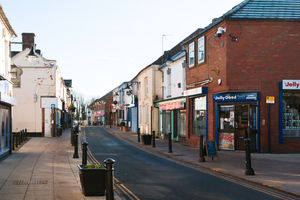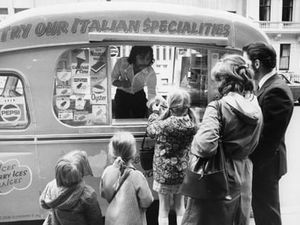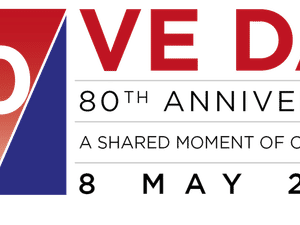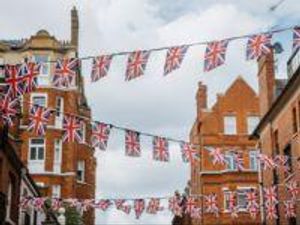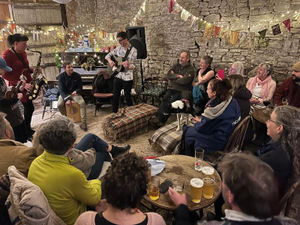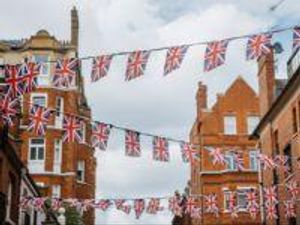Archive photos show how much Dawley has changed - with some parts very different
Old black and white photographs capture moments in time, and even everyday occurrences caught on film can spark the imagination decades later.

A delve into the Shropshire Star archives of the past 100 or so years shows us snippets of everyday life in Dawley - the fashions, the technology and the way buildings have changed or not changed.
Here is a selection of our archive photos from around Dawley, compared with modern equivalents taken earlier this month.
Town centre, 1966
The men in this photo, Ronald Parr and Arthur Davies, were working for the Dawley Urban District Council parks department at the time and had been tasked with populating planters to try and keep the town looking pretty.
The caption supplied with the photo tells us they were planting roses outside the Lord Hill pub on December 7, 1966. And sure enough, on either side of the road you can make out those same buildings still standing tall facing the building that was the Lord Hill - although the paved area on the right of the photo is much larger and is now home to the memorial to Captain Webb.
The car passing by the two men is a sure sign of the times!
If you squint, you can try and make out some of the old businesses in the brown building on the left side: 'H E Richards' and 'Brittains' perhaps. Today those same buildings are occupied by an estate agent and a dance company.
The Lord Hill, meanwhile, has been turned into an Indian restaurant, though a blue plaque on the outside denotes its association with Lord Rowland Hill, a commander in the Duke of Wellington's army.

What does it look like now?
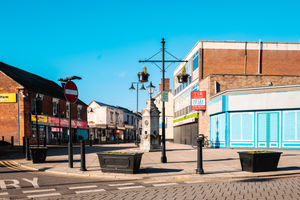
Captain Webb memorial, 1960
This engraved obelisk on the junction of King Street and the High Street pays tribute to the first human to swim the English Channel unaided in 1875 - Captain Matthew Webb of Dawley.
Captain Webb, surely Dawley's most famous son, died in dramatic fashion trying to swim the rapids below Niagara Falls in 1883, a few years after becoming an international superstar for crossing the channel, and a memorial to him was unveiled in his hometown in 1909.
It originally served as a drinking fountain, and bears the inscription "Nothing Great is Easy", which came to be associated with Captain Webb despite little evidence that he ever said it.
This photo from 1960 shows the memorial in an old location - although the tight framing of the photo makes it difficult to say where exactly. It has moved around Dawley on a number of occasions over the last 100 or so years, but nowadays is more or less back where it started near the Lord Hill pub. Its ornate lantern topper is back where it belongs to boot.
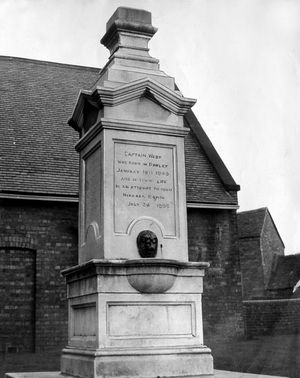
What does it look like now?

Horsehay & Dawley railway station, 1962
This old, unassuming little station tucked away in the leafy village of Horsehay once served the old Wellington and Severn Junction railway line.
It opened in 1859 and was used by trains until the Beeching cuts to the UK's railway services signalled the end of its days, and it closed for business in 1962.
Luckily, dedicated steam train enthusiasts recognised that this important part of local history deserved to be maintained: the Telford Steam Railway was formed as the Telford Horsehay Steam Trust in 1976, using a shed at the Horsehay station as its base.
Today the pretty little station stands in a dip below the heritage railway's working base in Horsehay - when the Telford Steam Railway timetable starts back up in Easter, trains will ride through Horsehay & Dawley once again.

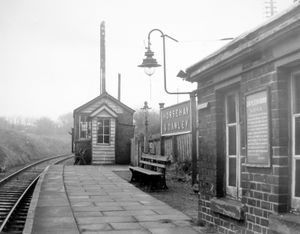
What does it look like now?
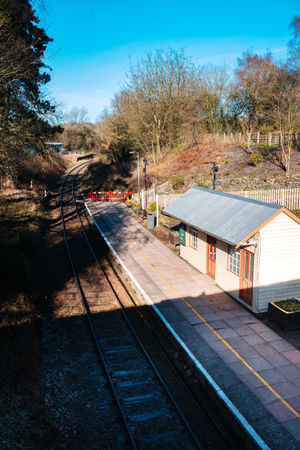
Road works in the High Street, April 1967
Our archives tell us this resurfacing work in the High Street in 1967 caused quite the controversy at the time.
Dawley Urban District Council's highways and public works committee was particularly put out by the length of the closure - Councillor W Wilkes was quoted as saying: "Four weeks is far too long for a main shopping street and main road to be closed. The job ought to be done in a shorter time."
Four weeks does seem a long time - and it's easy to imagine the online furore that would have ensued if social media had existed at the time.
There are flat caps aplenty and you can pick out a pickaxe on the left side of the photo - not a pneumatic drill in sight!
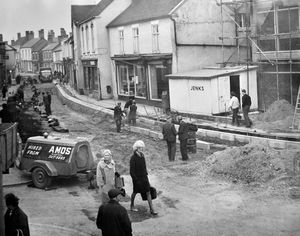
What does it look like now?
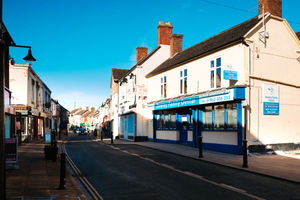
This photo, also taken in April of 1967, shows an alternative angle of the roadworks, from the street across from the Christian Centre in the square.
A road roller operated by Clee Hill Transport was moved in to carry out the resurfacing - presumably not a moment too soon for W Wilkes and the other irate councillors.
You can make out the sign demarcating the tall building on the left of the photo as a CHEMIST - fittingly, it houses a Lloyds Pharmacy today.
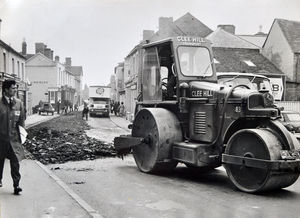
What does it look like now?
